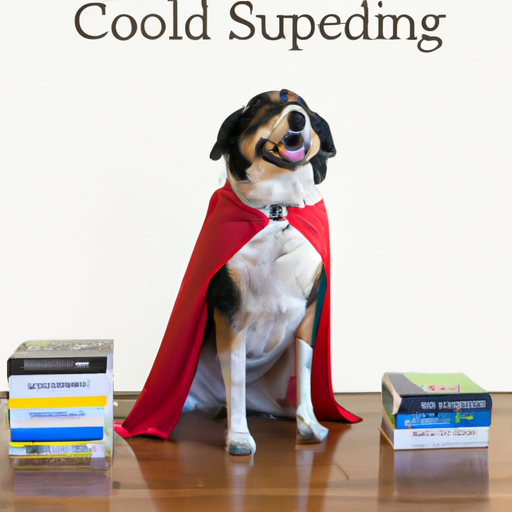Introduction
Hello, caregivers! As a companion and a guide, you play a pivotal role in the lives of your dogs. Their confidence, or lack thereof, can significantly impact their behavior and overall well-being. It’s your responsibility, and indeed, your privilege, to help them navigate this world with confidence. This guide will help you understand the techniques of building confidence in your furry friends.
Understanding Your Dog’s Behavior
Firstly, you need to understand why your dog may lack confidence. It could be due to a traumatic experience, a lack of socialization, or even breed genetics.
-
Traumatic Experience: Dogs, like humans, can be significantly affected by traumatic events. If your dog has had a negative experience, it might be impacting their confidence.
-
Lack of Socialization: Dogs who haven’t had much interaction with other dogs or humans might exhibit signs of low confidence.
-
Breed Genetics: Some breeds are naturally more anxious than others. It’s important to acknowledge this and work with your dog’s natural temperament.
Building Confidence Through Training
Training is a fantastic way to build confidence in your dog. It provides structure and helps your dog feel secure. Here are a few strategies:
-
Obedience Training: Start with basic commands like sit, stay, and come. Reward your dog with treats or praise when they follow the command.
-
Socialization Training: Expose your dog to different environments, people, and other animals. Start small and gradually increase their exposure.
-
Agility Training: This can be a fun and effective way to build confidence. It encourages your dog to face and overcome challenges.
| Type of Training | Benefits |
|---|---|
| Obedience Training | Helps your dog understand what is expected of them |
| Socialization Training | Helps your dog become comfortable with various environments |
| Agility Training | Helps your dog overcome challenges and fears |
Positive Reinforcement
Positive reinforcement is key in building confidence. It involves rewarding the behavior you want to encourage. Here’s how you can do it:
-
Praise your dog: Whenever your dog does something you want them to do, praise them. Use a cheerful, happy voice to make sure they understand they’ve done something good.
-
Reward with treats: Treats are a great way to reinforce positive behavior. Make sure to give the treat immediately after the desired behavior so the dog associates the treat with the action.
-
Use toys as rewards: If your dog has a favorite toy, use it as a reward. This can be especially effective in training sessions.
Creating a Safe Environment
Finally, creating a safe and secure environment for your dog is integral to their confidence. This can be achieved by:
-
Establishing routines: Dogs thrive on routines. Feeding, walking, and playing at the same time each day can make your dog feel more secure.
-
Providing a safe space: This could be a crate, a specific room, or a favorite spot on the couch. Make sure your dog has a place where they feel completely safe and comfortable.
Frequently Asked Questions
Q: How long does it take to build confidence in a dog?
A: It varies from dog to dog. Be patient and consistent, and you’ll see improvements.
Q: What if my dog is scared of other dogs?
A: Start with controlled socialization. Gradually increase your dog’s exposure to other dogs.
Q: Can old dogs build confidence?
A: Absolutely! While it may take a bit more time and patience, old dogs can certainly learn new tricks.
Remember, building confidence in dogs isn’t a one-size-fits-all approach. What works for one dog may not work for another. As a caregiver, your understanding, patience, and love are the most powerful tools at your disposal.



